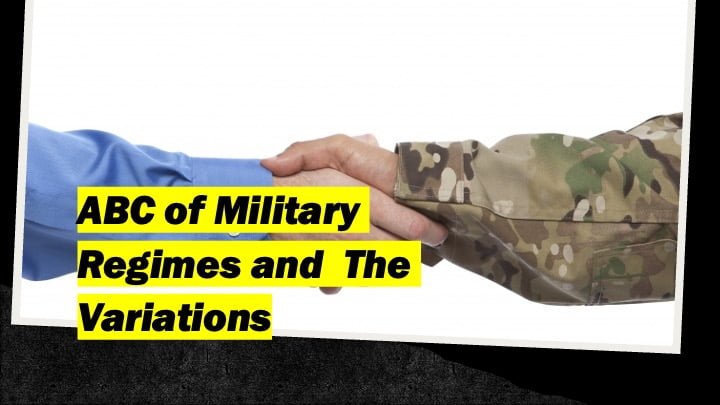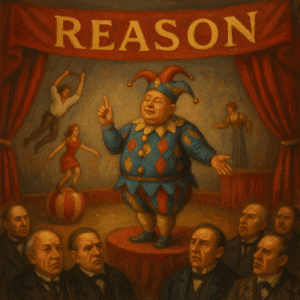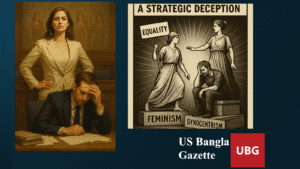ABC of Military Regimes and The Variations – ONE

When soldiers seize political power, we often think of military rule as officers in fatigues dictating legislation and banning political participation, with civilian leaders notably absent. But is this an accurate portrayal of ‘military rule’? You are wrong! Military regimes come in various shapes and forms. There are instances when military regimes keep a civilian public face to hide its inherent military roots.
Studying military regimes, especially those with a significant civilian presence, requires a nuanced approach. This is particularly important in light of the 2021 military coups in Sudan, Mali, Guinea, and Myanmar. Instead of grouping all militarized governments together, researchers should strive to appreciate the subtle yet significant differences.
Soldiers and civilians come to power together through various avenues, each with implications for a country’s civil-military relations. For instance, military dictators can establish civilian political parties to mobilize support, decrease reliance on the armed forces, and undermine civilian opposition. The Sudanese Socialist Union under Nimeiri is an example of this. The SUU was created after Nimeiri’s falling out with his former civilian allies in the Communist Party. In such cases, civilians have limited autonomy from their military allies and serve at the officers’ command.
Civilian parties can also exert considerable influence. They can gain support within the armed forces and enlist their military supporters to seize power. The example of the Ba’ath party’s rise to power through a military coup in 1968 Iraq illustrates this. Although initially a military regime, the Ba’athist government saw its officers gradually lose influence with their civilian allies. This eventually allowed a civilian, Saddam Hussein, to consolidate political power. (To be continued)






